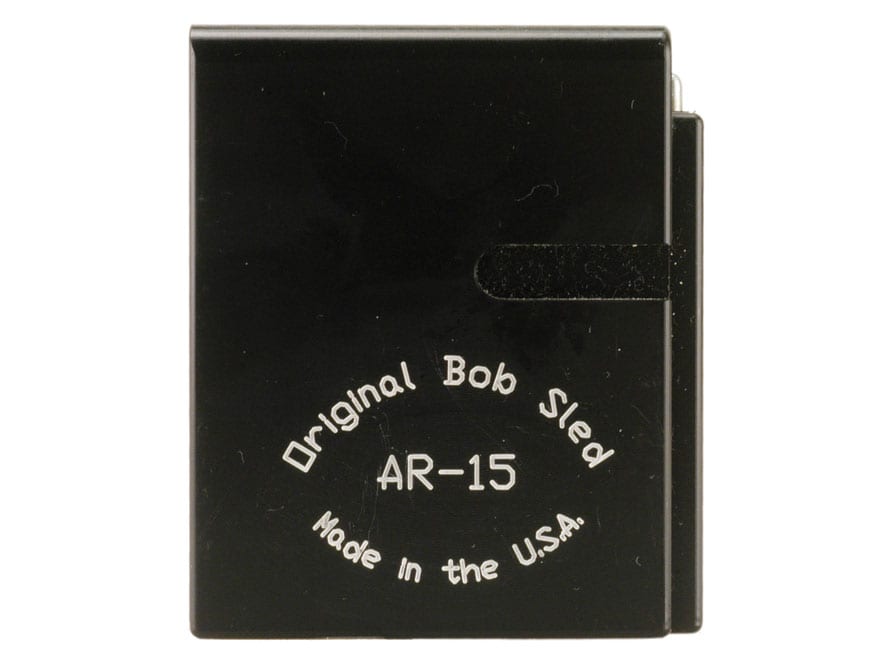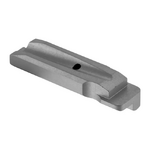Silver Supporter
- Messages
- 2,879
- Reactions
- 5,828
Anybody used a Bob Sled before?
They are used in place of a Magazine where your best performing loads exceed Magazine length, and so they need to be loaded one at a time into the Rifle.
Common in F-Class Target Rifle competition as I understand it.
I have heard it is hard on Extractors.
Appreciate any thoughts.
They are used in place of a Magazine where your best performing loads exceed Magazine length, and so they need to be loaded one at a time into the Rifle.
Common in F-Class Target Rifle competition as I understand it.
I have heard it is hard on Extractors.
Appreciate any thoughts.















